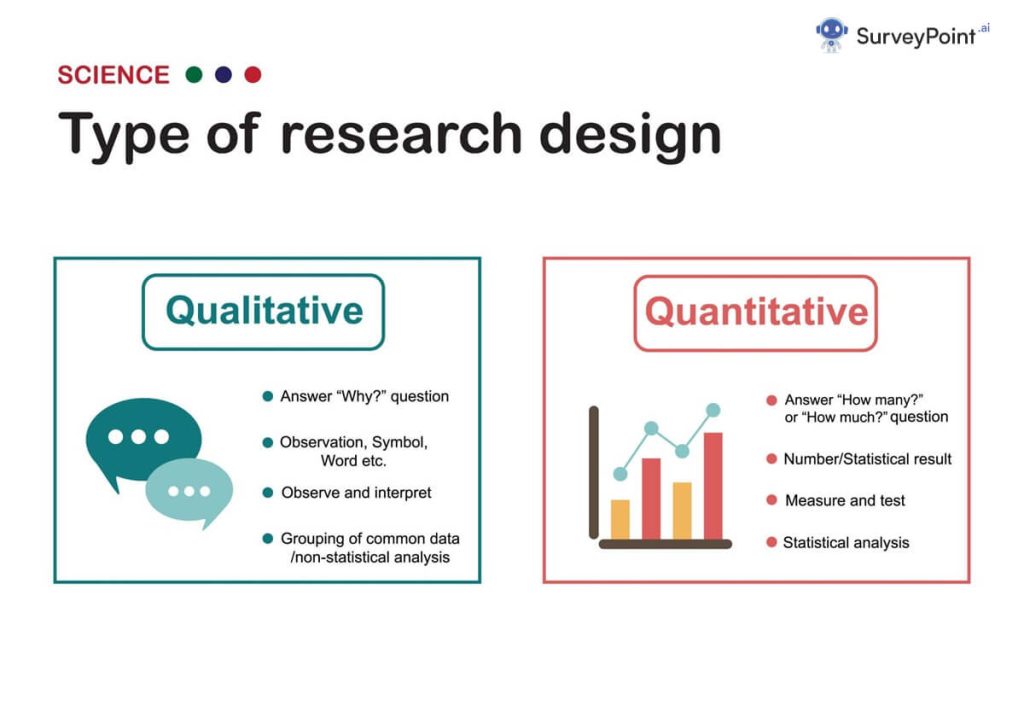
Explore the world of quantitative surveys and boost your success instantly with our Example of a Quantitative Survey with 5 Powerful Templates for Instant Success. Unlock the potential of your surveys with our expert-crafted templates.
Ready to collect valuable data that drives your business decisions? Quantitative surveys are your secret weapon. But where do you even start? Don’t worry, this blog post has your back. We’ll cover what quantitative surveys are, why they’re awesome, and give you five rock-solid templates to get instant results.
What is a Quantitative Survey (And Why Should You Care)?
Quantitative surveys are all about numbers and statistics. They are designed to collect data from a large group of people that can be analyzed to:
Uncover trends and patterns: See the big picture of how your target audience thinks and behaves.
Test hypotheses and assumptions: Do people really prefer your new product design? A survey can give you a solid answer.
Make data-driven decisions: Take the guesswork out of your business strategy.
Benefits of Quantitative Surveys
Here’s why quantitative surveys are a must-have tool for your business:
Objectivity: Quantitative surveys leave little room for personal bias, giving you reliable data.
Generalizability: With a large enough sample size, results can represent your whole target audience.
Scalability: Surveys let you reach lots of people quickly and cost-effectively.
Easier analysis: Numbers make comparisons and trends easier to spot.
5 Powerful Quantitative Survey Templates

Ready to dive in? Here are five templates to get you started, covering common use cases:
Customer Satisfaction Survey
Goal: Measure how happy customers are with your product or service.
Sample questions:
On a scale of 1-10, how satisfied are you with
?How likely are you to recommend us to a friend? (Net Promoter Score)
What’s one thing we can improve? (Open-ended)
Product Feedback Survey
Goal: Collect feedback on a new product or feature.
Sample questions:
How easy was it to use this feature? (Likert scale)
Did this feature meet your expectations? (Yes/No)
Would you pay for this feature? (Multiple choice)
Market Research Survey
Goal: Understand your target market better.
Sample questions:
How often do you [activity related to your niche]?
What are your biggest challenges with [problem your product solves]?
Which brands do you currently use for
?You Must Like Balanced Rating Scale: Achieve Unbiased Feedback in 5 Steps Research Brief Format: Essential Guide for Clear & Concise Reports
Employee Engagement Survey
Goal: Measure employee satisfaction and identify areas for improvement.
Sample questions:
I feel valued by my company. (Likert scale)
I have the resources I need to do my job well. (Likert scale)
What could the company do to improve your work experience? (Open-ended)
Website Feedback Survey
Goal: Find out how user-friendly your website is.
Sample questions:
Were you able to find what you were looking for? (Yes/No)
How would you rate the ease of navigation? (Likert scale)
Is there anything that would improve your experience? (Open-ended)
Survey Design Tips for Success
Keep it short and sweet: People have short attention spans. Aim for surveys under 10 minutes.
Use a mix of question types: Closed-ended (multiple choice) for fast data, open-ended for deeper insights.
Test your survey: Have a friend take it to catch confusing questions.
Offer incentives: A small discount or giveaway can boost responses.
The Secret Sauce: Analyzing Your Data
Collecting the data is just the start! Analyzing it is where insights happen:
Look for patterns: Are certain responses common?
Calculate averages and percentages: Quantify opinions.
Use visualization tools: Charts and graphs make data easier to understand.
It’s Time to Get Surveying!
Quantitative surveys are a powerful way to get the data you need to make confident decisions. Use these templates, design thoughtfully, and analyze wisely. You’ll unlock trends and insights that give your business an edge.
FAQs: Example of a Quantitative Survey
Q: How do I determine the right sample size for my survey?
A: Calculating the ideal sample size involves considering factors like confidence level and margin of error. Online calculators and statistical guides can aid in this crucial decision.
Q: Can I mix quantitative and qualitative questions in a survey?
A: Absolutely. Combining both types can provide a comprehensive view. Ensure a balanced mix to gather quantitative data for statistical analysis and qualitative insights for depth.
Q: Are these templates suitable for small businesses?
A: Yes, the templates are versatile and scalable. Whether you’re a large corporation or a budding startup, adapting these templates to your needs ensures relevance and actionable insights.
Q: How often should I conduct surveys for employee engagement?
A: Regular check-ins, ideally quarterly or semi-annually, maintain a pulse on employee satisfaction. Adjust the frequency based on organizational changes or major events.
Q: Are there any industry-specific considerations for market trend surveys?
A: Absolutely. Tailor questions to align with your industry’s dynamics. Stay updated on industry trends and integrate relevant queries to extract actionable insights.
Q: What if I receive incomplete survey responses?
A: Incomplete responses are common. Implementing mandatory fields, clear instructions, and providing incentives can help increase completion rates and data reliability.
Conclusion
Embark on your survey journey armed with these potent templates. From demographic exploration to event impact analysis, elevate your survey game instantly. Craft meaningful questions, analyze data, and make informed decisions that drive success.


